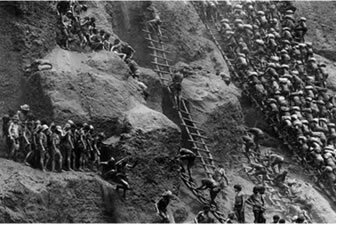You may have heard that there are some sizes of dogs that live longer than others. And many already know that smaller dogs can live an average of 4 years longer than large dogs. However, recently some scientists explained for the first time why this happens.
Dog size and life expectancy
see more
These are the 4 zodiac signs that love solitude the most, according to…
There are some dog breeds considered perfect for people…
What was discovered by the scientists is that, according to the process of selective breeding over time, dogs of larger sizes had a greater tendency to develop cancer. And this is due to the higher level of body mass of these breeds.
Research carried out at the University of Adelaide examined the lifespan and death span of around 164 different breeds of dogs.
Analyzing them from the smallest to the largest dogs and, after a long period of studies and analysis, were reported higher odds of developing cancer in larger breed dogs at younger ages compared to minors.
On the other hand, a theory published in The American Naturalist magazine, brought more clarification on this issue.
It is understood that with evolutionary reproduction, large dogs tend to spend more energy on the development of their organisms and with that, their metabolisms will have less “extra” energy to carry out cellular repair in the fight against cancer.
Essential process when the disease affects the living being, which must be done as quickly as possible.
Good news for large animals in the future
However, despite concerns about illness and the possible death of your pet. fast for owners of large dog breeds, some scientists got good news for the next steps of the evolution.
Since it's only been 200 years since nearly 400 breeds have been established in canine evolution, there will still be the readaptation process so that larger breeds can develop the ability to fight cancer more quickly.
And the fact that humans focus more on reproducing litters with less tendency in the disease development, stronger traits will be passed on to future generations of our dogs.


